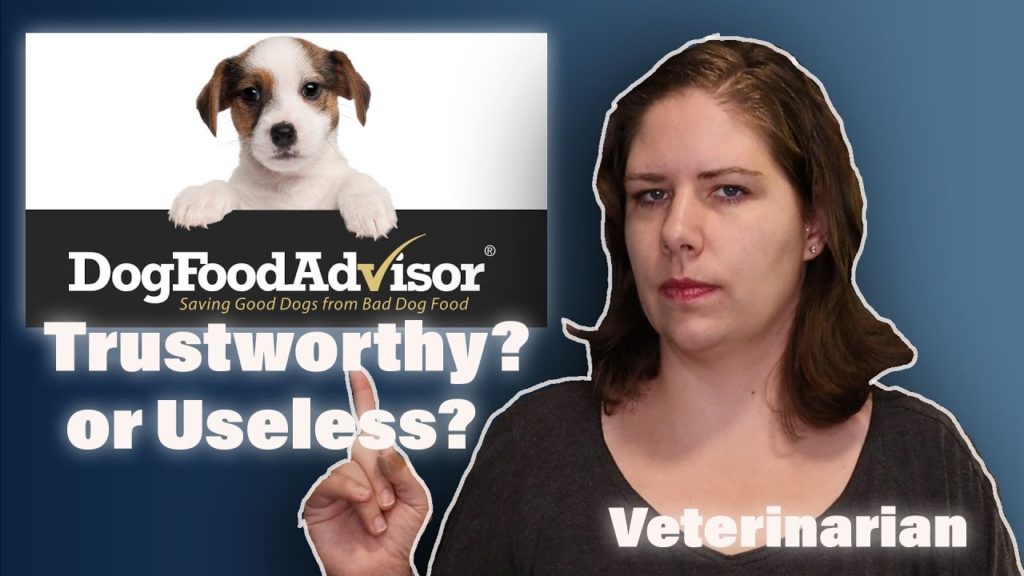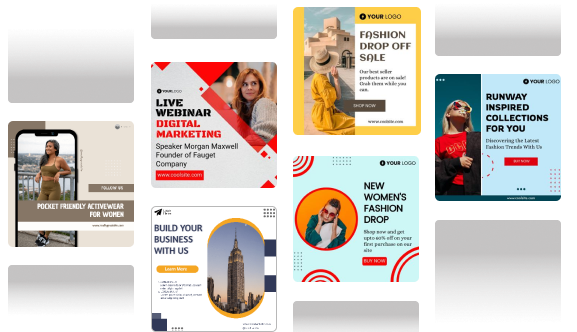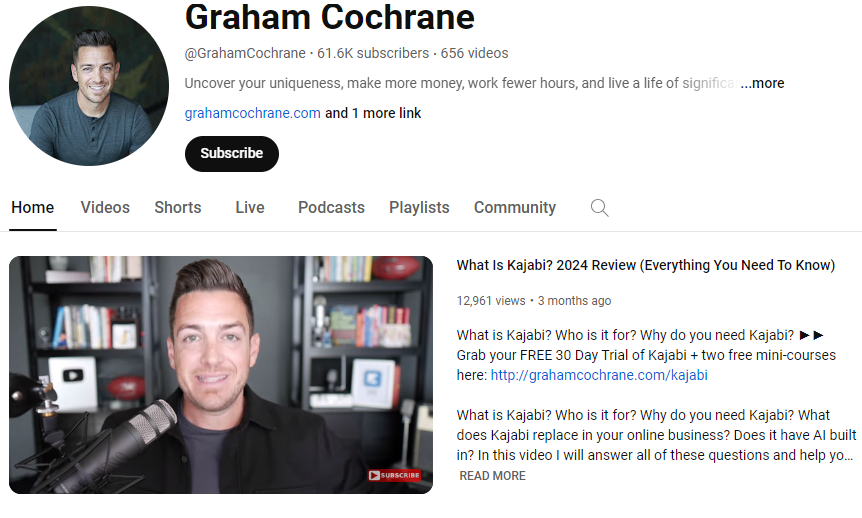Affiliate marketing is one of the most lucrative options for exploring a vast pool of active shoppers. Several businesses are building strategic relationships with their audience through affiliate marketing. There is a plethora of affiliate opportunities available on social media platforms. Such opportunities can help expand brand reach and offer lucrative avenues for expanded brand reach and high online earnings.
Affiliate marketing has been a prominent technique used by businesses for many years. However, social media for affiliate marketing is a modern way of generating online income and connecting with loyal followers. It works on a pay-for-performance model for affiliates, who can be people with a stunning online presence. These affiliates promote your business in exchange for a commission in a mutually beneficial arrangement.
Here’s a summary of how affiliate marketing works:
- Brands partner with affiliates
- These influencers refer traffic to brand social media accounts or websites for a commission
- They use affiliate links or codes when mentioning relevant products while posting social media content
- If customers purchase products after clicking through their links or using their codes, affiliates earn commissions
- This way, brands reach untapped audiences
This makes affiliate marketing a win-win situation for both parties.
Why Choose Social Media for Affiliate Marketing?
Before we delve into the benefits of social media for affiliate marketing, let us look at some integral facts and stats:
- 79% of marketers have acknowledged that affiliate marketing enhances engagement levels among their existing customer base.
- 38% of marketers consider affiliate marketing as one of the most effective methods for acquiring new customers.
Additionally, about 35.5% of marketers use social media for affiliate marketing. It is mainly because of the following reasons:
1. Ideal Audience Outreach
Utilizing social media for affiliate marketing puts you in front of your ideal audience. Collaborating with affiliates helps businesses match their target demographic.
2. Cost-Effective Approach
Affiliate marketing is inexpensive compared to other forms of digital marketing. You can use the prominent pay-per-click model that optimizes profit margins. Payments are made only when customers engage with affiliate posts, which ensures efficient resource utilization.
3. Multi-Platform Reach
Most affiliates maintain a presence on multiple platforms, which makes it easier for brands to cross-promote on various social media platforms. This ensures broader audience outreach with minimal effort.
4. Real-Time Content Sharing
With affiliate marketing, you can instantly share affiliate links or unique discount codes within posts and profiles. When followers make purchases using these links or codes, affiliates earn commissions.
5. Follower Growth
If you select the right affiliates and craft compelling content, you can build a substantial following on your business social media accounts. You can further have more people visiting your website and online/offline stores.
Let us consider the example of the Classical Trendsetter. This lifestyle YouTube channel promotes ModCloth and actively features its products in its videos with an affiliate link for users who want to buy the product.
How to Choose Social Media Platforms for Affiliate Marketing?
There are several social media platforms available. Here is how you must choose the best ones to reach your target audience effectively:
- Follow Your Audience – Promote your affiliate products where your audience lives rather than waiting for them to discover you.
- Use Demographic Insights – Compare existing customer data with demographic insights from various social media platforms to identify the most suitable platforms for your objectives.
- Define Your Objectives – Determine what your goal is, support high engagement frequencies from affiliates, and evaluate whether competitors are promoting similar affiliate products and services.
- Familiarize Yourself with Each Platform – Focus your efforts on platforms that work best with your affiliate products and capabilities. Consider each platform’s features, strengths, weaknesses, and constraints to make informed decisions.
- Craft a Content Strategy: Devise a content plan according to your chosen platforms to maximize engagement and drive traffic effectively. Consider how Leotane New York, a fashion-related channel, promotes Gwynnie Bee’s subscription model by attaching an affiliate link in the description.
Top Social Media Platforms for Affiliate Marketing
Here’s a breakdown of the top social media for affiliate marketing platforms:
1. YouTube
YouTube is the world’s premier video platform and second-largest search engine. With its extensive organic reach, success on YouTube is achievable without hefty ad spending. YouTube affiliates focus on creating engaging content that resonates with viewers. Embed your affiliate links in the video description to drive conversions effectively.
For example, Dog Food Advisor has become a trusted resource on YouTube for dog owners who want to make informed decisions about the food they feed their pets. Today, this affiliate marketing source, using advice from top veterinarians, has become a trusted platform for its audience.
2. X (Twitter)
Despite its character limit and fast-paced nature, Twitter, now X, remains a potent platform for affiliate marketing. Brands can leverage relevant hashtags and concise, engaging content to promote products and drive engagement effectively. You can either affiliate links directly to tweets or indulge in strategic content creation and engagement with trending topics to maximize visibility.
3. TikTok
TikTok boasts a young user base and emphasizes short-form video content. It offers immense potential for affiliate marketers. Brands can showcase products creatively and achieve rapid virality. TikTok’s high reach, engaged audience, and low competition make it an enticing platform for affiliate marketing.
4. Facebook
According to popular research, 75.8% of affiliate marketers utilize Facebook. Facebook maintains a vast and active user base and offers opportunities for brands to engage with their target audience. With its wide-ranging audience and versatile advertising options, Facebook is a prominent platform for affiliate marketers.
Effective strategies for affiliate success exist on the platform, which remains a prominent source for promoting affiliate links and products. Brands can maximize strategies like Facebook Profiles, Pages, and Groups for improved reach.
5. Instagram
According to popular research, 61.4% of affiliate marketers employ Instagram. This platform’s image—and video-focused format makes it perfect for organic reach and low competition. Instagram offers ample opportunities for affiliate marketers to showcase products creatively and drive engagement.
Effective strategies for affiliate marketing on Instagram include using Reels, Stories, and IGTV, which can enhance product presentation. You can Save Stories for extended visibility using the Highlights feature and even list affiliate products on the Instagram Catalog through a business account to enable tagging on the shop page for direct clicks.
Guide to Initiating an Affiliate Marketing Program
Let us look at the step-by-step procedure using which you can effectively use social media for affiliate marketing:
Step 1 – Join an Affiliate Program
Affiliate marketing means building partnerships between companies and affiliate marketers. Marketers promote affiliate products to their audience and earn commissions for successful referrals.
Find affiliates by reaching out to creators or influencers and announce your program launch on social channels. Brands can further make it easily accessible on their website. Repost affiliate content on social media to attract potential affiliates effortlessly.
Step 2 – Choose a Niche
Focus on a specific niche for your affiliate products rather than promoting random items. Brands must personalize and customize their marketing strategy accordingly. Choose social media platforms that are suitable for your niche, such as accessories, beauty products, health and fitness, food, or travel, to devise an effective affiliate marketing plan.
Step 3 – Create Optimized Content
Craft compelling headlines and captivating content to attract your audience. Utilize hashtags, keywords, high-quality images, and valuable information across social media platforms to increase engagement and drive sales.
Step 4 – Determine Payment Models
Decide on payment, attribution, and commission models to define how much you pay affiliates and for what results. Choose payment models like cost-per-action or cost per lead, and determine attribution models such as last-click or first-click attribution.
Step 5 – Set up Tracking
Implement tracking mechanisms to monitor affiliate activity effectively. Utilize affiliate management tools, ecommerce platform integrations, or affiliate networks to use parameters and coupon codes for basic tracking of your e-commerce affiliate marketing.
Affiliate Marketing Best Practices for Brands
Let’s delve into some best practices to elevate your social media for an affiliate marketing program.
1. Collaborate with Affiliates on Content Strategies
Engaging content is pivotal, so work closely with affiliates to devise compelling posts for potential customers. Discuss content marketing strategies aligned with business goals and encourage affiliates to utilize various formats according to your product’s visual appeal or technical aspects.
2. Offer Fair Compensation
Establish an affiliate program with competitive pay rates to attract loyal customers and experienced influencers. You can offer generous returns to encourage top-notch affiliates to engage in promotional activities effectively.
3. Tap into Social Media Communities
Explore engaging regular customers and micro-influencers with smaller followings. Leverage close networks on platforms like Facebook and Instagram to yield significant results. Look for popular affiliates within niche-specific online forums and community groups for impactful collaborations.
4. Launch Regular, Compelling Promotions
Keep affiliates motivated with fresh promotional material each month. Introduce discount codes and social media competitions or showcase new products to sustain interest and drive sales.
Let us look into how Graham Cochrane, a Kajabi affiliate, asks viewers to use his affiliate link to sign up with Kajabi, on YouTube.
5. Continuously Evaluate Program Success
You can supervise key metrics such as customer visits, leads, conversion rates, and sales to measure the competency of your affiliate marketing program. Further, brands can use this data to refine existing marketing and identify top-performing affiliates. They can also optimize content and maximize success potential.
Conclusion
Social media presents lucrative opportunities for affiliate marketing and offers diverse avenues for promotion and traffic generation. Use this guide to identify the most suitable platform for your business needs.
To drive traffic to your website, use affiliate marketing as part of a comprehensive multi-channel approach. Combine other digital marketing strategies, such as email marketing, podcasts, SEO, and paid search, for optimal results.
Leverage Predis.ai to confidently manage your brand’s affiliate marketing journey using AI-powered content analysis. Such AI tools can help you make data-driven decisions to maximize your affiliate marketing efforts.
So what are you waiting for? Start using Predis today!
Related Content,
Fitness Social Media Marketing: A Comprehensive Guide
Best SaaS Affiliate Programs in 2024





















